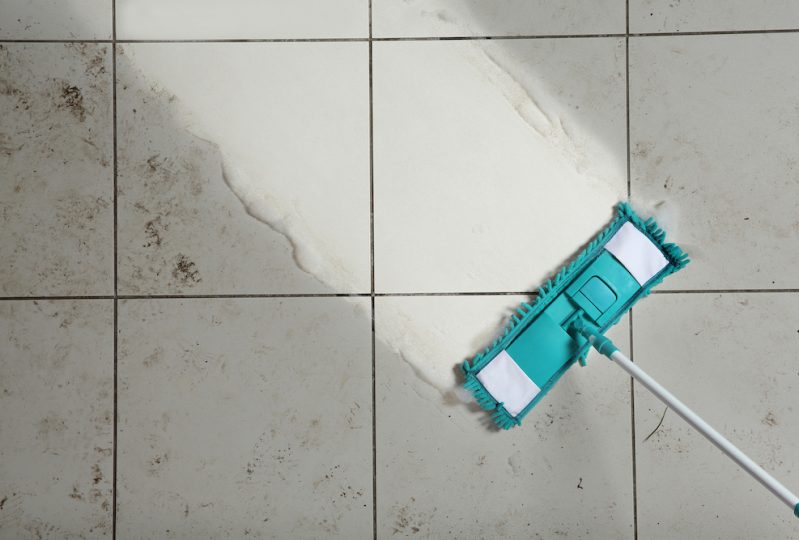Before buying a floor stain remover in Panama, you must first study what type of stain you want to treat.
How To Remove Grease Stains from Floors
Floors are frequently subjected to grease stains from food, vehicles and other sources.
Whether a grease stain is on the patio of an outdoor kitchen or barbecue grill, or on a driveway or sidewalk, cleaning and removing the grease stain properly is important for the aesthetic of your concrete surfaces. This will also help keep these hard surfaces functional and clean for as long as possible.
The earlier you can get to a grease stain on concrete, the easier it will be to remove. However, there are also options to remove grease stains that have been present for an unknown period.
Whether the grease stains on your surfaces are mild or severe, topical or embedded, removal of these messy stains is easy with the right products.
It’s a fairly simple task to remove topical grease stains from your concrete surfaces with Cleaner/Degreaser, which is specially designed to remove grease films in addition to oil, adhesives, rubber tire marks and scuffs.
Our cleaner does not contain harsh acids, caustics and other solvents commonly used in other industrial degreasers, making it an effective and environmentally responsible choice.
When Green Cleaning Services use a floor stain remover in Panama, we ensure that people, vehicles, property and other surfaces adjacent to the concrete are protected from product residue, splashes, fumes or wind drift.
We recommend Desengrasante-Sgrassatore Ultra.
Salt Stain Removal
At Green Cleaning Services, we often field many questions business owners trying to find a solution to the white-grey staining on walls, floors, or building materials such as brick, masonry, stone, or concrete even after cleaning with mops or auto scrubbers.
This white film is created from salt residue and many floor cleaners often lack the additives in their chemical makeup necessary to properly deal with them.
This affect is known as efflorescence when crystalline salt deposits are left behind when water evaporates from the material’s surface.
Causes of Efflorescence
Although efflorescence may not be a risk to the structure of your property, it is an eyesore and the crystalline salty deposits can appear on both internal and external walls and are caused by water-soluble salts and other water-dispersible materials that come to the surface of building materials.
For efflorescence to occur, three conditions must be met:
- Water-soluble salts must be present.
- Moisture must be available to transform salts into a soluble solution.
- Salts must be able to move through a material to its surface; the moisture will then evaporate and cause the salts to crystallise, resulting in efflorescence.
Removing Efflorescence
Acids, ranging from very mild to very strong are used to remove mineral deposits, rust stains, and hard water deposits and consumers must take care when choosing and using acids for cleaning.
While other stains may look remarkably like efflorescence, it is important that you can spot the difference to ensure effective removal without risk of damage to the surface.
For fresh efflorescence, sometimes it is possible to simply wash the area by either pressure washing or wet scrubbing the surface. Fresh water is then applied by air jetting or a wet vacuum so that the property is not left with residue on the surface.
Once efflorescence becomes insoluble, it is far harder to remove and should be treated by competent and fully trained operatives.
We recommend for floor stain remover in Panama: Floor Acid.

